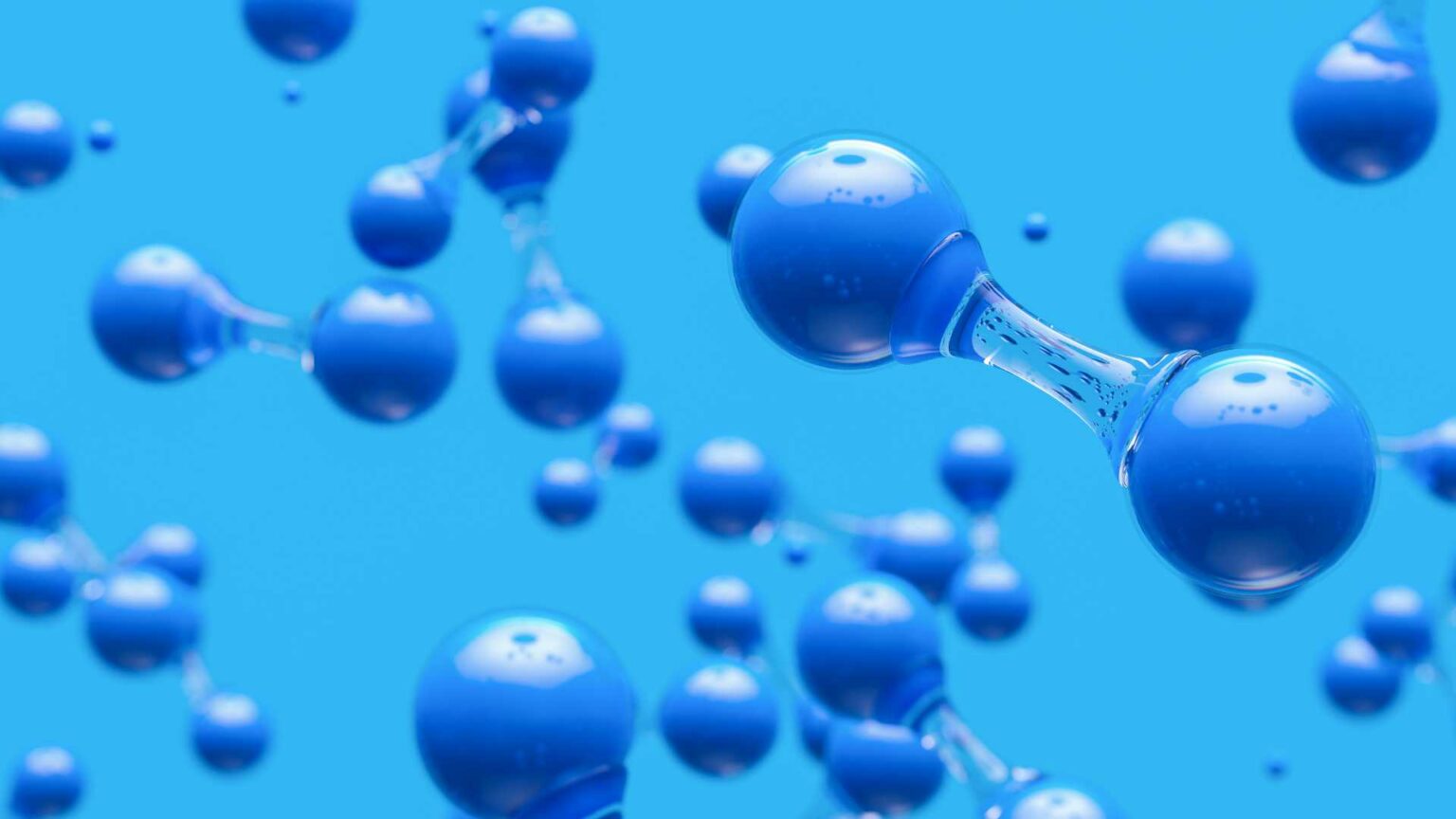Hive Hydrogen’s R105-billion green ammonia plant in the Coega Industrial Development Zone, Gqeberha, marks a milestone in South Africa’s renewable energy and green industrial development.
As the largest-ever inward investment in South Africa, the project aims to establish one of the world’s largest green ammonia plants, creating substantial opportunities for economic diversification and job creation.
Hive Hydrogen’s green ammonia plant is targeted to produce over one million tons of ammonia annually for export by 2029. The project’s first phase involves renewable-energy plants totaling 3,700 MW, with subsequent phases expanding to 27 GW of renewable-energy developments. Construction is set to begin in 2026, with a total investment of $20 billion across four phases.
The project is expected to generate significant economic benefits, including 20,000 direct and indirect jobs in Nelson Mandela Bay during Phase 1. This job creation extends to both the supply chain and downstream opportunities. Additionally, the plant will contribute renewable energy and desalinated water to the local grid, further enhancing its positive impact.
Green ammonia, produced using renewable energy, serves as a clean fuel for the maritime industry, a green fertilizer, and a component in mining explosives. Its role as an energy storage solution highlights its versatility and importance in the renewable energy landscape.
When contextualizing Hive Hydrogen’s achievements within the broader industry, it’s essential to consider global benchmarks. For instance, the European Union’s Green Hydrogen Strategy aims to install at least 6 GW of renewable hydrogen electrolyzers by 2024, reflecting a robust commitment to hydrogen energy. Hive Hydrogen’s projected 27 GW of renewable energy developments aligns well with these ambitious targets, positioning South Africa as a significant player in the global green hydrogen market.
However, challenges remain. The successful implementation of such large-scale projects requires substantial investment, advanced technology, and supportive regulatory frameworks. Hive Hydrogen’s ability to navigate these challenges will be crucial for its long-term success and impact.
In addition to its green ammonia project, Hive Hydrogen’s environmental restoration arm, Hive Ecosystems, is actively working to restore degraded land. The company has acquired 8,308 hectares of degraded land with plans to restore vegetation and store carbon, thereby gaining carbon credits. Spekboom, a plant capable of sequestering high volumes of CO2, plays a central role in this restoration effort.
The restoration of the Albany thicket biome, which has been decimated by overgrazing, presents a significant opportunity for carbon sequestration. Planted spekboom can sequester between 70 t/ha and 80 t/ha of carbon over 30 years, making the potential carbon gains substantial. Hive Ecosystems’ nursery propagates millions of spekboom cuttings and thousands of woody tree seedlings annually, which are replanted in degraded areas.
Hive Hydrogen’s comprehensive approach, combining green ammonia production with environmental restoration, positions it uniquely in the renewable energy sector. The integration of economic development and environmental sustainability enhances the project’s overall value proposition. However, achieving large-scale success will depend on the company’s ability to maintain technological innovation, secure funding, and operate within a supportive regulatory environment.
